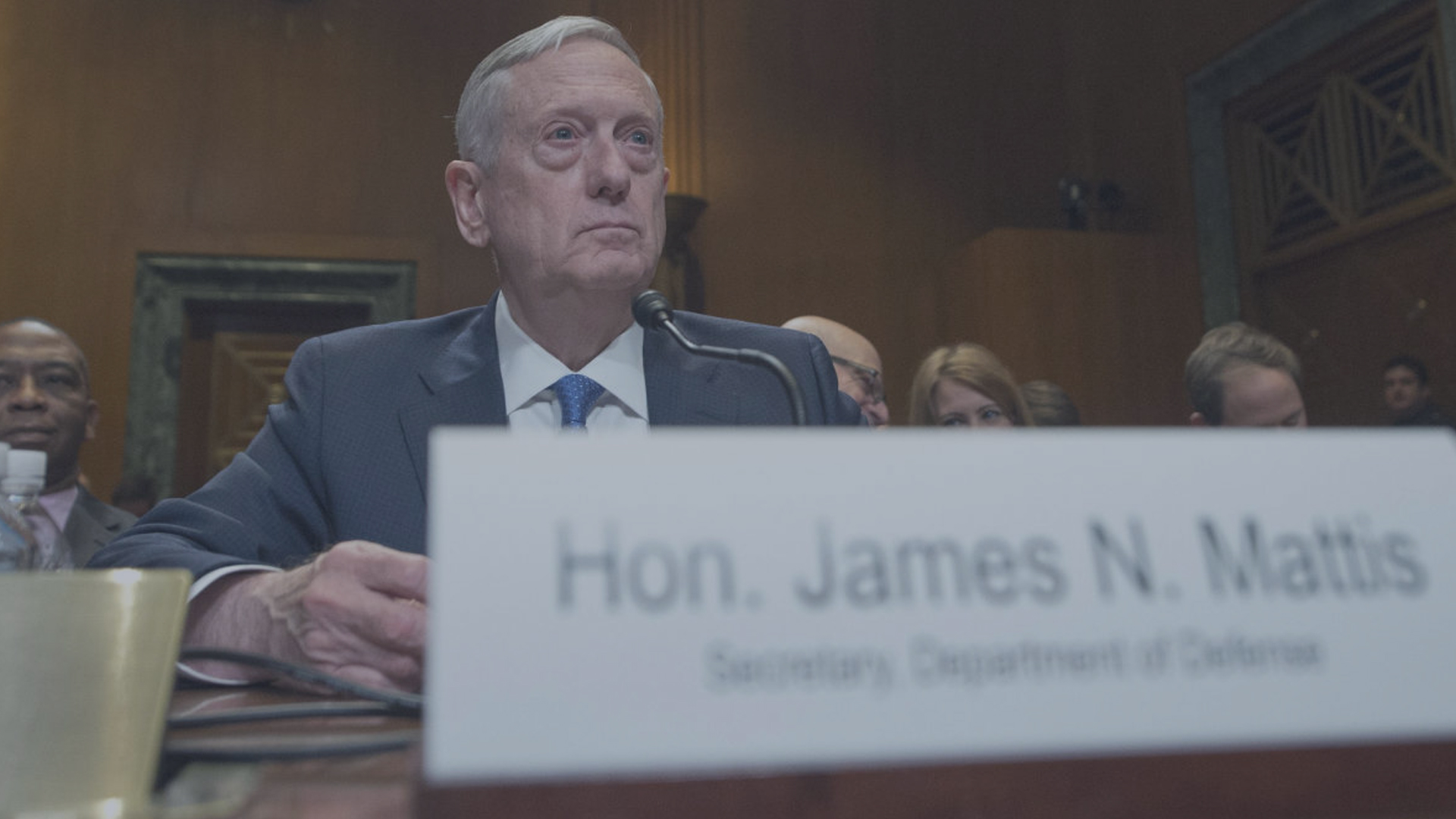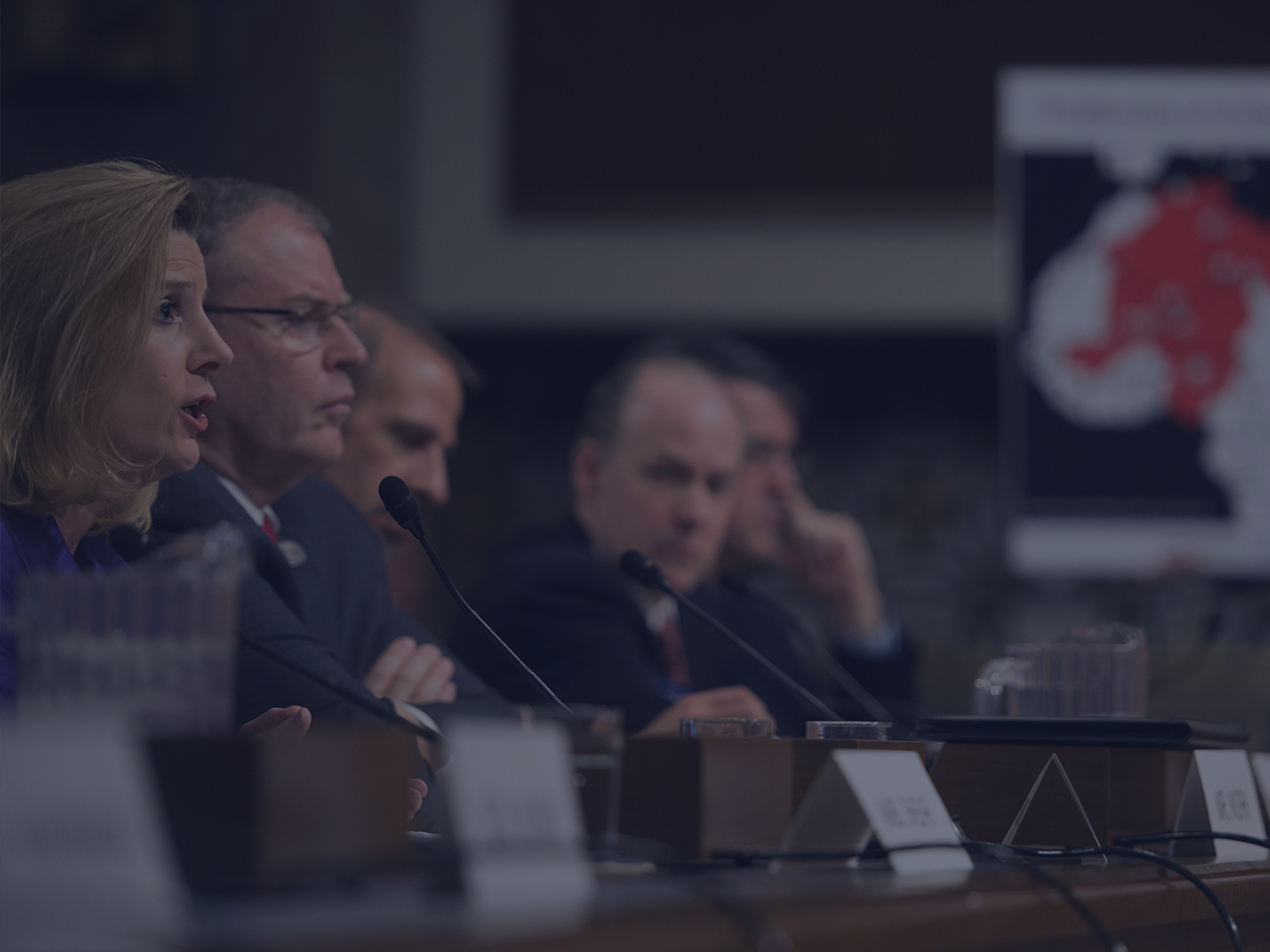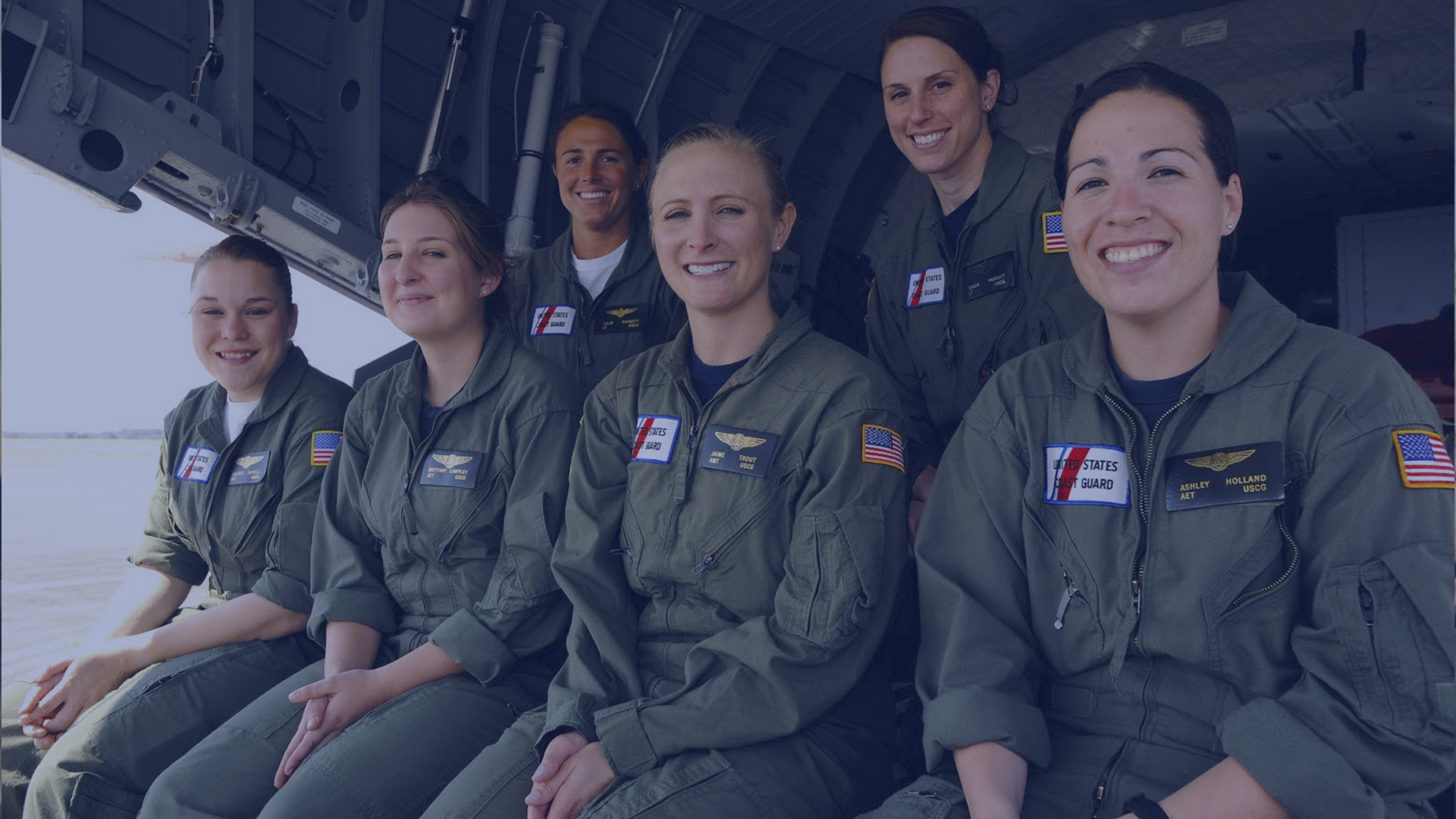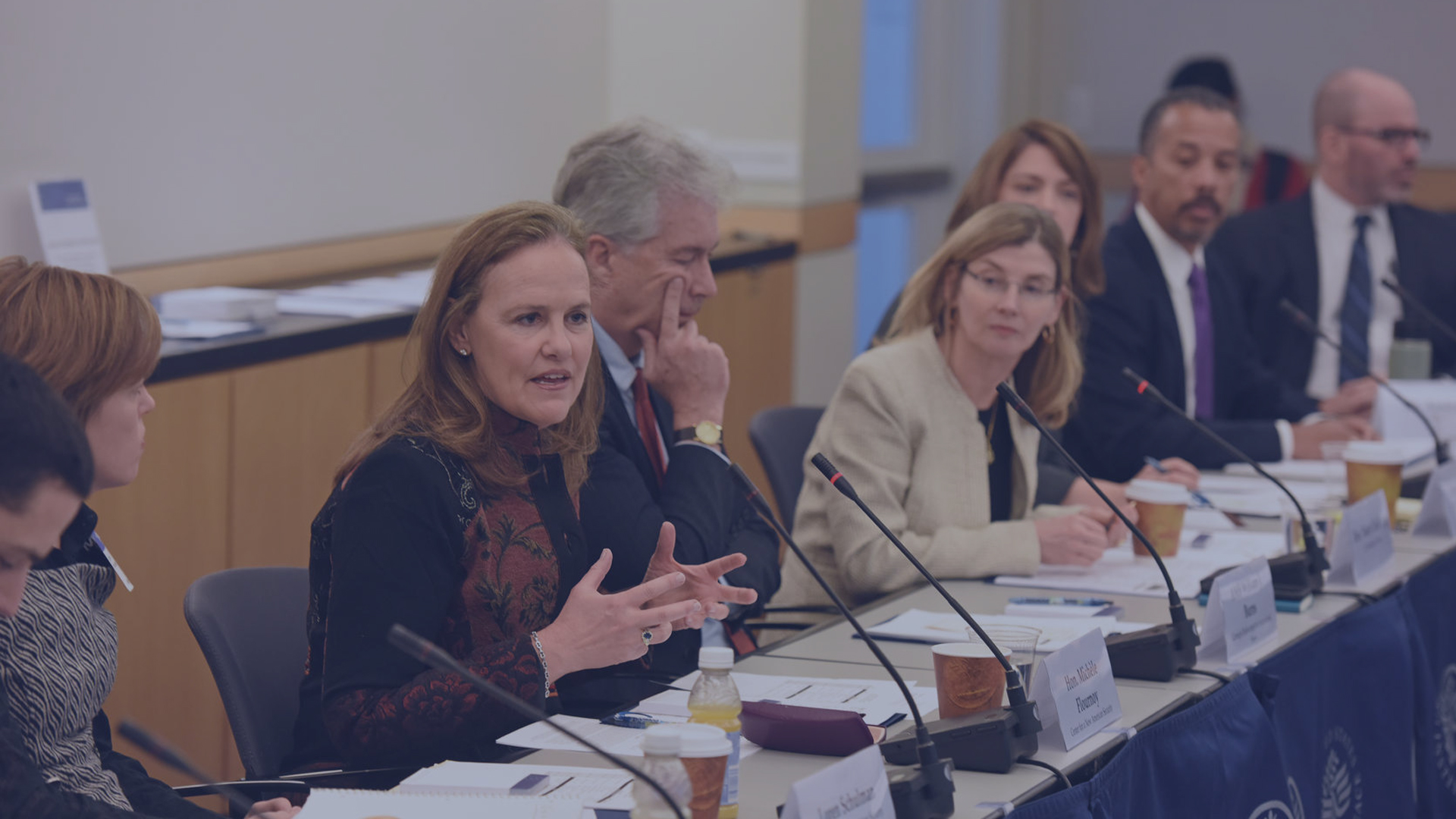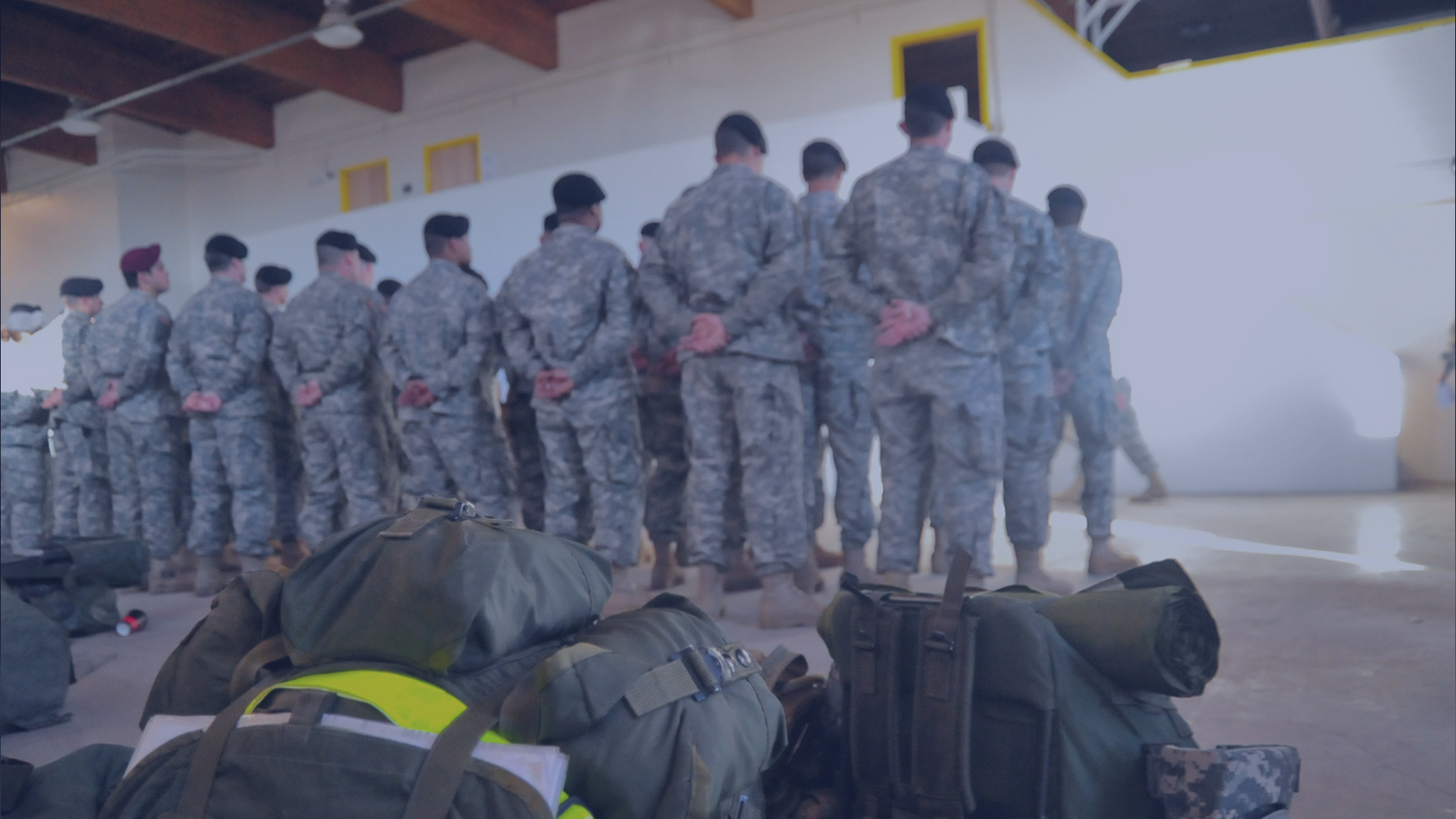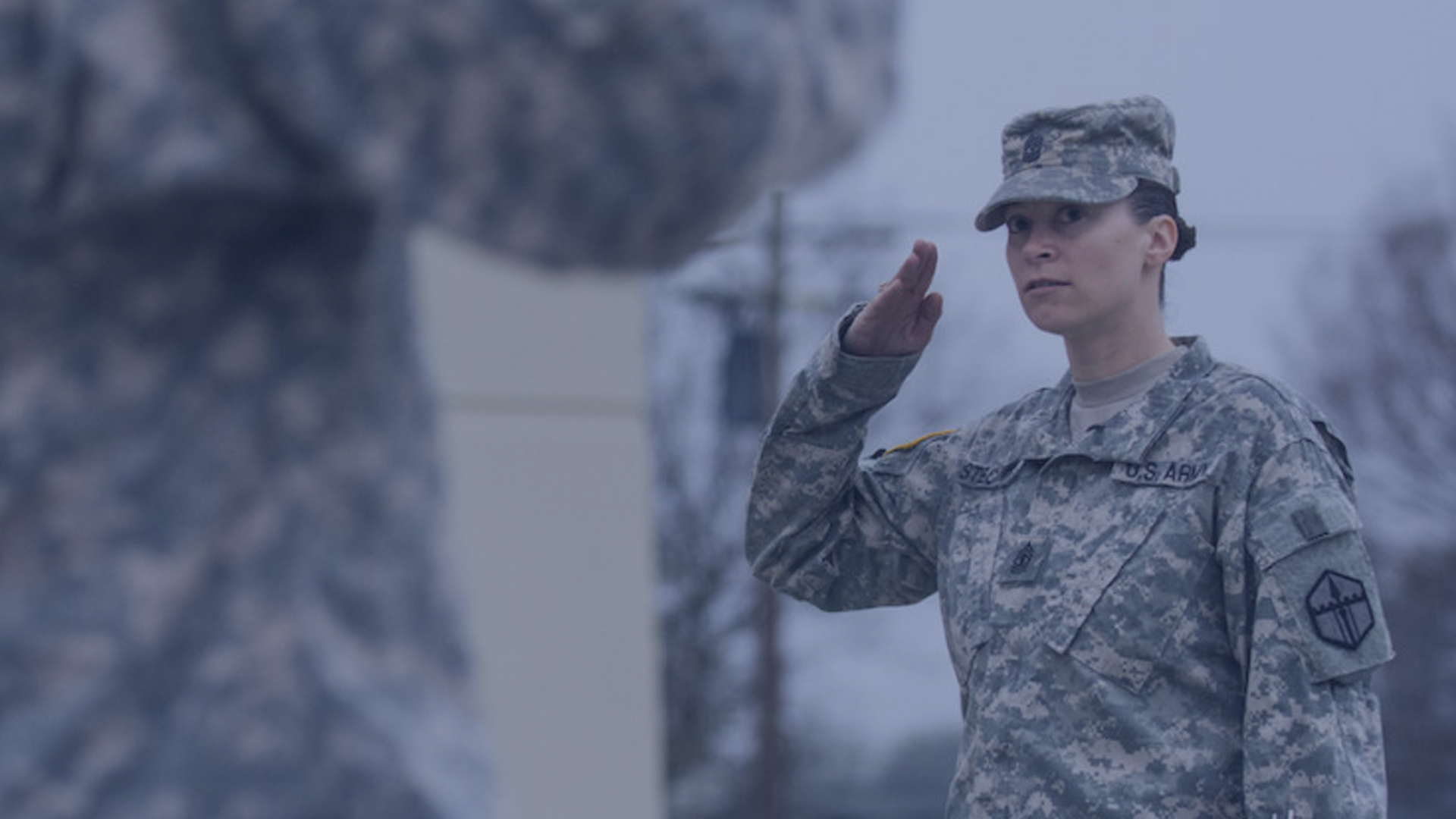On January 20, 2017, a new administration took the helm in the United States. The new president faces a vast set of threats to U.S. national security, including potential challenges from China, Russia, Iran, North Korea, and dispersed forms of terrorism around the globe.
Thus, the president faces both the challenge and the opportunity of building his national security team from the top down. Individuals in positions such as those of Secretary of State, Secretary of Defense, National Security Advisor, Director of National Intelligence, and Secretary of Homeland Security will play critical roles in the provision of U.S. national security. Equally important are key staff roles that support these positions throughout the national security apparatus. The new president will be well advised to think creatively about the most effective individuals to fill these roles.
Throughout history, the talent pool of women has been underutilized in the national security sector. Trends over the past 40 years—since the first classes of women were accepted to the nation’s military academies—show an increase in the representation of women in the military and throughout national security departments and agencies, including in the Department of Defense, the Department of State, the Central Intelligence Agency, and, more recently, the Department of Homeland Security—but not necessarily at the top. In the post-9/11 world, women have made up a larger and more visible portion of the national security establishment, yet they remain in the minority of leadership positions.
There have been institutional challenges in recruiting and retaining women. Some on-ramps to the national security sector, such as the veterans’ preference policy for federal employment, may unintentionally skew opportunities away from women. The pace of national security careers, particularly those for political appointees, may not be conducive to the challenges of work-life balance or parenthood, at least as the structure of workflow and schedules currently exist. Further, the government is in competition with the private sector for talent.
However, opportunities exist to increase women’s representation and leadership throughout the national security sector. First, while issues of gender equality merit their own exploration, the discussion about the role of women in national security should focus on the effectiveness of diverse teams with clear, measurable metrics and outcomes. Second, in order to fully demonstrate the value of women in the national security apparatus, the departments, agencies, and the National Security Council staff must begin to keep better data on individual, team, and department performance, through which they can evaluate the impact of a variety of team compositions. Third, the national security apparatus can follow the lead of corporate America in finding workforce management practices such as job sharing and scheduling flexibility, which can mitigate retention issues—particularly for parents, though certainly not limited to them. Fourth, the creation of policies that enable more women to succeed in the national security sector does not mean that the national security sector is a zero-sum game in which women can only succeed at the expense of men. In fact, such policies should increase the quality of life—as well as the quality of employees—for everyone. And finally, the concept of mentorship and advocacy needs to be rethought in terms that make sense for career success in the national security field first, while also accounting for the role of gender.
Never has the exigency for placing the right talent in the right positions been more critical. It will require a national security workforce with a diverse set of skills and experiences. In order to access personnel of this caliber, more attention needs to be paid to the role of women in national security.
Read the full report on the CNAS website.

